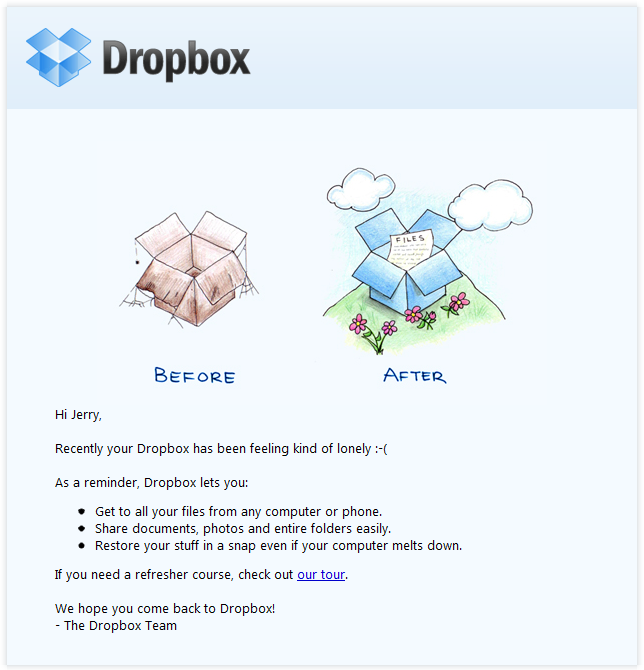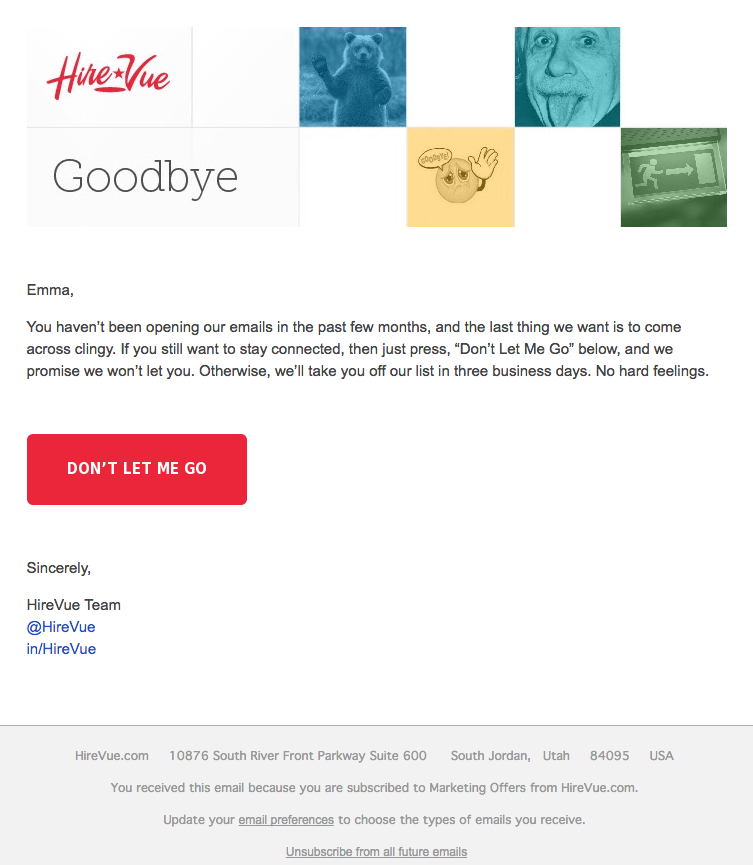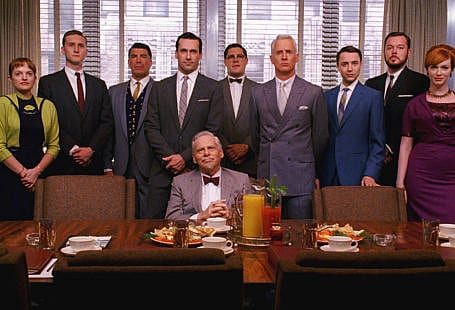Nowadays, consumers expect a lot more from the companies they buy from. They want to know the company’s history, their values, and their culture. The relevance of the brand’s social component is changing and so are the manners in which companies engage with their clients.
One great cost-effective way to approach and create a long-lasting relationship with your clients is to send newsletters on a regular base. With these, you can establish authority in the space by writing pieces that offer value to your subscribers. Every specific audience has an ideal content and you should match the content your audience is eager for. It can be anything: from well-written, detailed articles on marketing or software, to funny catchy cat videos, you name it. Whatever it is, try to build trust in your brand and make it interesting.
As with most things in life, the hard part is to start. You might feel that nobody wants to read what you are writing, or you might have trouble finding your own voice but keep in mind that within each email your content will improve and be more focused on your subscribers’ needs, growing your business over time. If your content is good enough, an audience will grow with it. Are you apprehensive about the potential value (or ROI) of email marketing? Know that, depending on the study you read, you get 35$ to 40$ back for every dollar you invest in email.
Before you actually start drafting your newsletter, it’s important that you have a clear idea of your goal and how it will fit into your content strategy. Is your goal to increase the number of leads? Close more deals? Send traffic to the website? Retain more customers? Whatever it is, you should have it figured out and make your decisions with it in mind. After this, you’ll need to create content (either make it or repurpose some from your company’s blog, social media accounts, training documents) and follow these simple steps:
Design is key
The goal of your newsletter isn’t only keeping your subscribers reading your email every week or month. You want them to digest all the content you have to offer, which includes your blog and website. To achieve that you should have a concise and clear design that eagers them to click and learn more about your product and company. Yet, you should plan ahead and have an idea of how your newsletter will look like before you actually send it. That way, you’ll know how much space you have for your content and how it’ll be organized. Remember this: your newsletter template doesn’t have to be flashy to be recognizable. White space and minimal text are extremely important in newsletters because it helps to ease the cluttered feel that drives people away.

Add a Call to Action (CTA)
You don’t want your audience just to read your content, you want them to engage with it. Because of this, you should have a CTA in your newsletter, encouraging the reader to do what you want them to. However, you should be careful not to add too many CTAs because that will look to salesy and bore them away. If your email marketing software supports personalization, you can also add a smart CTA – one audience will receive one CTA and the other will receive a different one – this way you can optimize your content to the right person.

Make your newsletter informational, not sales-driven
There’s a formula in the industry on newsletters: their content should be 90% educational and 10% promotional. One mistake companies make is to present their subscribers with sales pitches which makes them lose interest in what they are offering. Consumers are confronted with advertising every single day of their lives, every minute of their days. Don’t be the company that self-promotes itself, be the company that offers clear and relevant information.
You wouldn’t like your own Facebook post, right? Please, don’t.
Show your expertise in the subject and create loyalty among your subscribers. Studies show that customers with a strong attachment to a brand spend 23% more than average consumers. That’s massive! Less is more, be the company that offers valuable information and you’ll see the return over time.
Choose creative subject lines
Your subscribers very likely receive dozens of emails per day. You need to stand out and that’s where subject lines came in. A lot of companies use the same for each email they send but that will eventually get boring and uninteresting for the customer. The best thing to do is to think of subject lines too juicy to ignore. But, if you are having doubts about which is the best approach for your company, you should do some A/B tests to see to which subject line your audience better responds.
Pipedrive, a known B2B software, does this on every email newsletter:
![]()


Don’t forget alt text
One thing that people always forget is to add alt text to the images in the newsletter. Because most people don’t have images enabled and not all mail providers load images properly, you need to make sure your subscribers know what they are looking at. The best way to do that is through alt text which is the caption that appears when a picture isn’t loaded. This is especially important for CTAs if your prospects can’t see the image, your conversion rates will suffer without alt text.
Make the unsubscribe button visible
This might seem contradictory, right? Why should you help your prospects way to unsubscribe your newsletter if your ultimate goal is to have as many people as possible reading your content? You want to maintain an active and engaged subscribers list and to achieve that you need to let some prospects click the unsubscribe button and leave. That doesn’t mean your content is bad, evasive or boring, it just means those people don’t have interest in the content you’re sharing. They aren’t your ideal customers. Besides keeping an email list interested in what you’re offering, having a clear unsubscribe process will help your email not being flagged as SPAM.
After following all these steps, your newsletter is ready to send. But then what? While collecting data, you should analyze it and see what works for your audience. One of the many advantages of newsletters is their quantifiable component: you can measure subscribers, the open rate (number of people who opened the newsletter email), its click-through rate (clicks to links in the newsletter) and any attributed revenue (purchases made). See which parts of your email have the most engagement, that way you can improve your newsletter to meet your subscriber’s expectations and desires.
By combining data, analytics and experimentations, it’s easy for you to see what works for your company and what doesn’t. There’s all kinds of stuff you can try: funny, creative subjects lines, images/no images, different sender names and different CTA copies and designs. The point is: try everything until you discover your secret formula.
Interested in knowing more about Dark Social & Analytics?
[su_button url="https://getsocial.io" target="_blank" style="flat" background="#21D2B5" color="#ffffff" size="7" wide="no" center="yes" radius="auto" icon="" icon_color="#FFFFFF" text_shadow="none" desc="" onclick="" rel="" title="" id="" class=""]SIGN UP FOR FREE[/su_button]






